Continuous glucose monitors (CGMs) have changed the lives of many people living with diabetes. They provide the opportunity to observe blood glucose levels anytime and anywhere on an hourly basis, and the information may help members make lifestyle and treatment decisions. In the following post, we’ll talk about some of the most reliable CGMs.
You may like to read: Best Heart Rate Monitors (HRMs) for 2024
1. Abbott Freestyle Libre 2
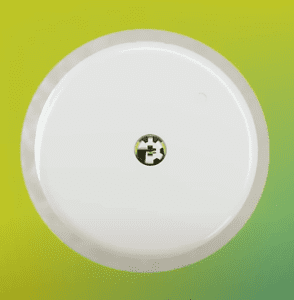
Abbott Freestyle Libre 2
The Abbott Freestyle Libre 2 is a familiar CGM endorsed by prominent endocrinologists. It is useful for people who wish to learn more about their glucose levels. You can attach a sensor on their arm and wear it to keep watching the glucose level and know better what drives sugar level.
Key Features
- Type: Real-time continuous glucose monitor
- Connection Options: Receiver included, with a phone app available
- Real-Time Tracking: The Freestyle Libre 2 allows users to scan their sensor for a blood sugar reading anytime.
- Customizable Alerts: It provides optional alarms if blood sugar levels get too high or too low.
- Shareable Data: You can share readings with up to 10 people, such as family members or healthcare providers.
Pros
- Discrete, compact sensor
- Easy-to-use interface
- Customizable alerts
Cons
- Short sensor lifespan (10 days)
- Relatively high cost
2. Dexcom G6
The Dexcom G6 is compatible with smartphones and wearables, like the Apple Watch. The Dexcom G6 differs from some other CGMs in that it does not instruct the user to perform log scans manually and instead broadcasts glucose readings wirelessly to a limited device or receiver every 5 minutes.
Key Features
- Type: Real-time continuous glucose monitor
- Connection Options: Transmitter included, with a phone app available
- Wireless Connectivity: Automatically transmits data to phones or Apple Watches.
- Customizable Range Alerts: Users can set personalized blood sugar ranges and receive notifications if levels fall outside these parameters.
- Integration with Insulin Pumps: For patients on insulin pumps, it can function within a closed-loop system to adjust insulin delivery.
Pros
- Long sensor life (up to 180 days)
- Easy-to-use app interface
- Reliable data transmission
Cons
- Requires insertion by a healthcare professional
- Frequent calibrations are necessary
3. Eversense CGM System
Among those who prefer to use a device with less maintenance, the Eversense CGM System is the product to go for. Its 180-day sensor life is remarkable; therefore, there is little need for continuous replacements. While a healthcare professional subcutaneously inserts the sensor, the transmitter is simply worn on top of the sensor to get glucose readings.
Key Features
- Type: Real-time continuous glucose monitor
- Connection Options: Transmitter included, with a phone app available
- Extended Sensor Life: Lasts up to 180 days, requiring fewer replacements.
- Predictive Alerts: Provides notifications for potential blood sugar highs or lows before they occur.
- Data Sharing: Users can share their glucose data through a connected app.
Pros
- Long sensor duration
- Reliable and predictive alerts
- Stand-alone system
Cons
- Requires calibration every 12 hours
- The initial setup involves a medical procedure
4. Guardian Connect System
The Guardian Connect System provides glucose level readings in real-time through a mobile application, along with certain benefits such as estimation warnings which notify the patient before a hypo or hyperglycemia. Furthermore, it comes with a Sugar IQ diabetes assistant app, which analyses the user’s dietary intake, activities & insulin doses.
Key Features
- Type: Real-time continuous glucose monitor
- Connection Options: Transmitter included, with a phone app available
- Predictive Alerts: Uses advanced technology to predict blood sugar trends.
- Comprehensive Data Tracking: Allows users to access historical glucose data and trends.
- Integrated Diabetes Assistant: The Sugar.IQ app helps users optimize their diabetes management.
Pros
- Predictive alert capabilities
- Easy data access and tracking
- Compatible with smartphone apps
Cons
- Requires frequent calibration
5. Abbott FreeStyle Libre 3
As the latest member of Abbott’s family of continuous glucose monitoring (CGM) systems, the Abbott FreeStyle Libre 3 brings forth the most improved accessibility and precision in glucose readings. The sensor sits on the back of the upper arm and streams glucose data every minute to a smartphone app, thus providing real-time information without the discomfort of bleeding through the fingers. The compact and simple design of the device makes it perfect for diabetic patients who want to manage their blood glucose levels without interference with their daily activities.
Key Features
- Type: Continuous glucose monitor
- Connection Options: Smartphone app integration
- Real-Time Glucose Monitoring: Continuous updates every minute directly to your phone.
- Discreet and Compact Sensor: The smallest and thinnest sensor in the FreeStyle Libre line.
- Long Sensor Life: Worn for up to 14 days without needing replacement.
- High Accuracy: Enhanced sensor technology for precise glucose readings.
- No Finger Pricks: Provides painless glucose tracking with no need for traditional testing methods.
Pros
- Continuous, automatic glucose readings
- Minimal maintenance with long sensor life
- Easy to use with smartphone integration
Cons
- Requires compatible smartphone for full functionality
- Insurance coverage may vary
This device is a leading option in diabetes management, providing users with actionable insights to maintain stable glucose levels throughout the day.
6. Nutrisense
Through a smartphone application, users of the Nutrisense CGM receive personalized insights about their glucose levels in real-time. The system also facilitates one’s access to a personal nutritionist who can provide helpful tips on blood sugar, weight and performance.
Key Features
- Type: Continuous glucose monitor
- Personalized Insights: Offers customized feedback on glucose levels and dietary impact from a dedicated nutritionist.
- Easy Data Access: NFC-enabled sensor provides on-demand glucose data transfer to the app.
- Comprehensive Tracking: Integrates with fitness apps for seamless glucose data.
Pros
- Provides personal nutritionist support
- On-demand glucose data transfer
- Integrates with popular health apps
Cons
- Requires manual data transfer via NFC
- The price may be high for extended use
7. Dexcom G7
The Dexcom G7 is an invention for continuous glucose monitoring (CGM) systems. The goal of Dexcom G7 is to enhance the quality of life for diabetic people. This smart glucose monitor uploads data on glucose trends and alerts about excessive and deficient glucose levels to the smartphone or smartwatch. Compared to other models, the G7 is smaller, more comfortable, and much quicker to set up than earlier models.
Key Features
- Type: Continuous glucose monitor
- Connection Options: Smartphone and smartwatch app integration
- Real-Time Glucose Monitoring: Provides updates every 5 minutes via smartphone or smartwatch.
- Compact Sensor: 60% smaller than the G6, with a 30-minute warm-up time.
- Customizable Alerts: Alerts users of potential high or low glucose levels before they happen.
- Extended Wear Time: The sensor lasts up to 10 days.
- No Calibration Required: No fingersticks or calibration is necessary for accurate results.
Pros
- Continuous, real-time glucose monitoring
- Discreet and comfortable sensor
- Fast 30-minute sensor warm-up time
- Integrates with smartphones and smartwatches
Cons
- Sensor replacement every 10 days
The Dexcom G7 stands out for its ease of use, convenience, and advanced features, helping individuals with diabetes to manage their glucose levels more effectively.
Why Choose a Continuous Glucose Monitor?
People who have diabetes, especially those who need to constantly monitor their blood sugar levels, have been able to obtain thorough monitoring with the use of continuous glucose monitors.CGMs are very effective in cases where more feedback than current and/or insulin is necessary so that the patient can follow their glucose trends. Instead of simply measuring blood glucose, CGMs give the patients the possibility for more information as real-time hypoglycemia or fluctuation of blood glucose levels.
Factors to Consider When Choosing a CGM
When selecting a CGM, consider the following:
- Scan Frequency: Real-time CGMs automatically transmit glucose data to your phone or receiver, while others require manual scanning.
- Connectivity: Look for models that offer easy integration with smartphones or dedicated receivers.
- Test Type: Consider how the sensor is inserted and placed on your body and the replacement frequency.
- Insurance Coverage: Verify which CGM devices have insurance coverage and the costs associated with maintenance and replacement parts.
Also Read: Top 10 Wearable Tech Gadgets You Need in 2024
Conclusion
Adopting a proper choice of continuous glucose monitor would enhance diabetes management as it provides instant and critical information on glucose levels. When choosing the most suitable continuous glucose monitor from all available CGMs, think about your way of living and your health needs. Products such as the Abbott Freestyle Libre 2, Dexcom G6, Eversense CGM System, and Guardian Connect System have diverse features for the user’s benefit.
FAQs
What is a Continuous Glucose Monitor (CGM)?
A Continuous Glucose Monitor (CGM) is a device that automatically tracks blood sugar levels throughout the day and night, helping manage diabetes.
How does the Abbott Freestyle Libre 2 work?
The Abbott Freestyle Libre 2 uses a sensor placed on your arm that you scan with a device or smartphone to get real-time glucose readings.
What is unique about the Dexcom G6 CGM?
The Dexcom G6 provides continuous, wireless glucose monitoring without manual scans and connects to smartphones, Apple Watch, and insulin pumps.
How long does the Eversense CGM sensor last?
The Eversense CGM sensor lasts up to 180 days, significantly longer than other sensors that require frequent replacement.
What are the benefits of the Guardian Connect System?
The Guardian Connect System offers predictive alerts, allowing users to anticipate high or low blood sugar levels before they occur.
Why should I choose a Continuous Glucose Monitors over a regular glucose meter?
A CGM offers continuous monitoring, more data, and customizable alerts, providing a comprehensive picture of glucose trends.
Do I need a prescription for a Continuous Glucose Monitors?
Yes, a prescription from a doctor is compulsory to obtain a Continuous Glucose Monitor.
Can I use CGM during pregnancy? Certain CGMs, like the Dexcom G6, are approved for use during pregnancy to help manage blood sugar levels.
What factors should I consider when choosing a Continuous Glucose Monitors?
Consider factors like scan frequency, connectivity options, sensor placement, replacement frequency, and insurance coverage.
Are CGMs covered by insurance?
Many CGMs are covered by insurance, but coverage varies depending on the device and individual insurance plans.

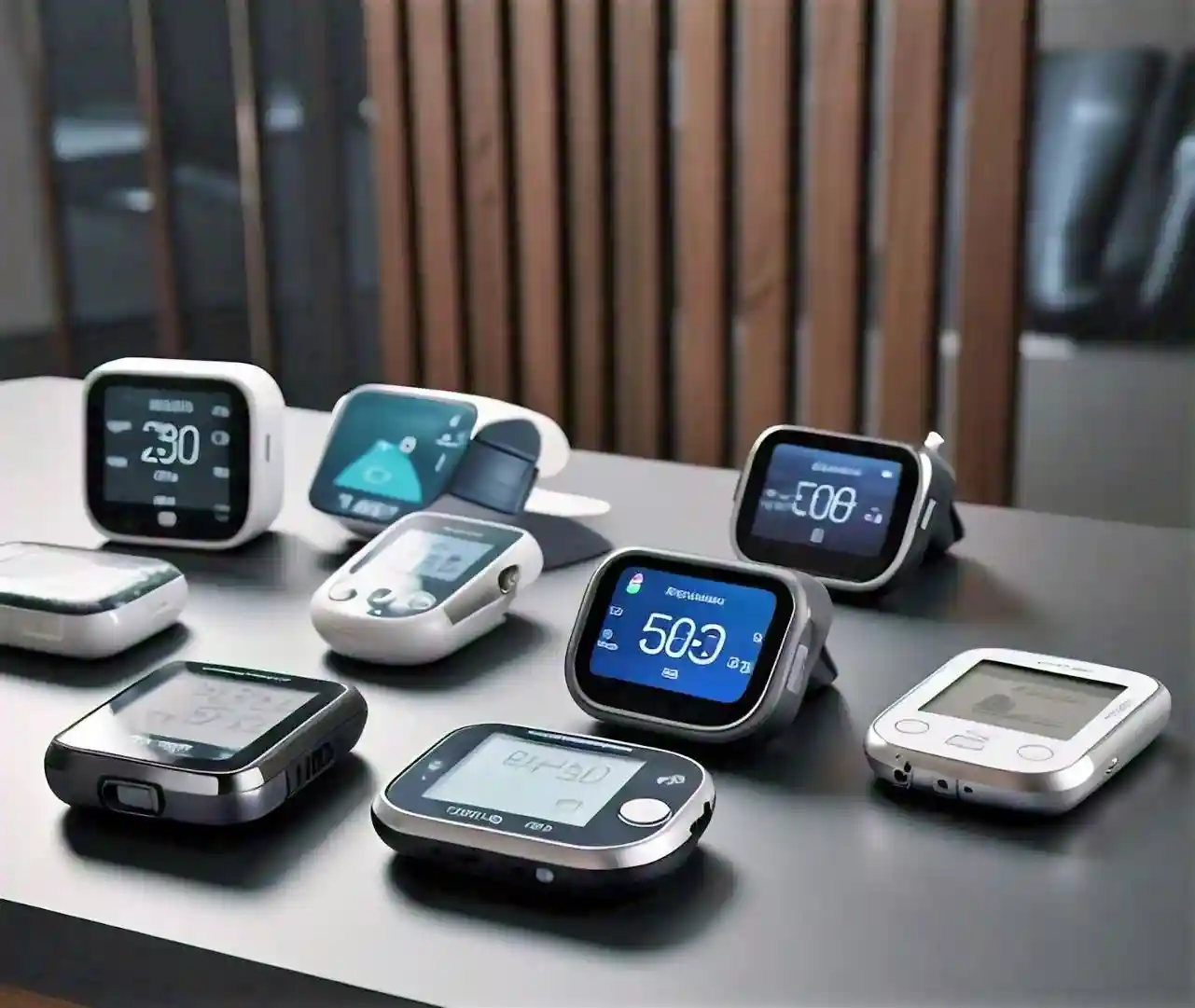
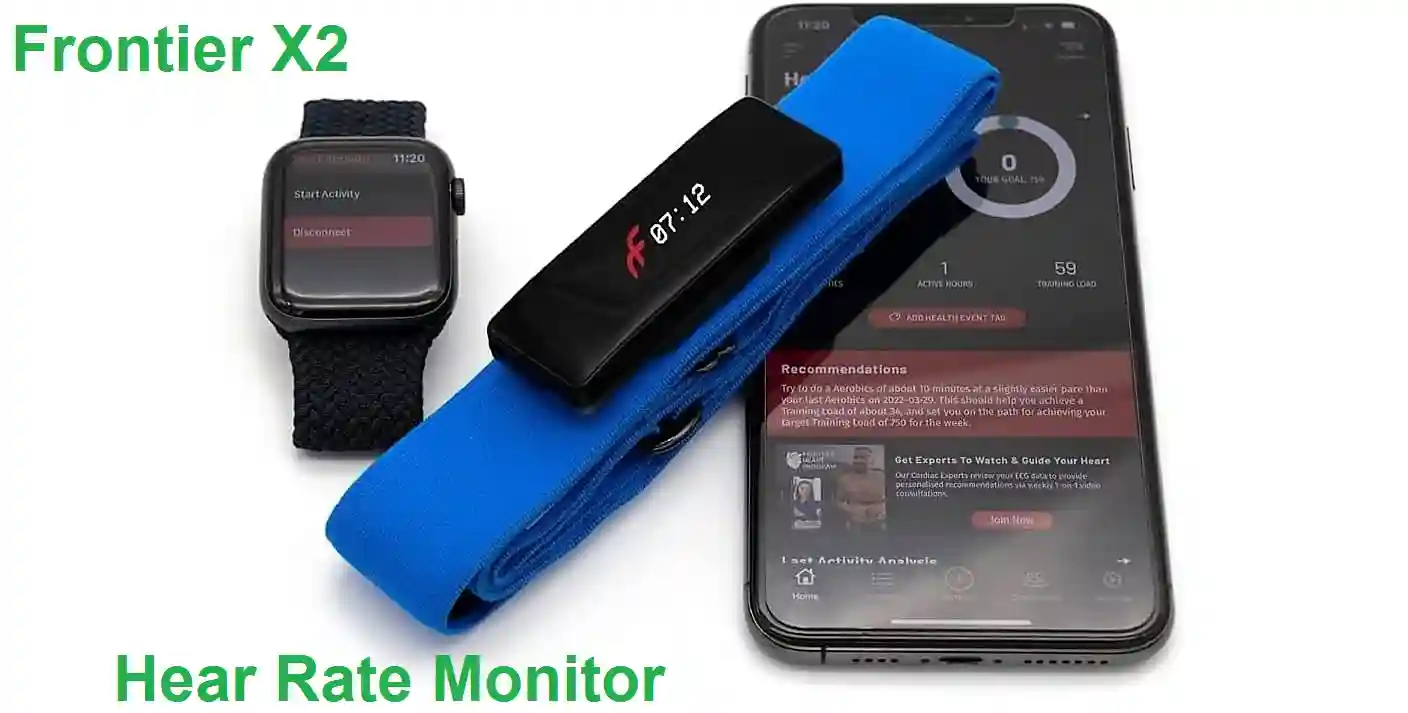

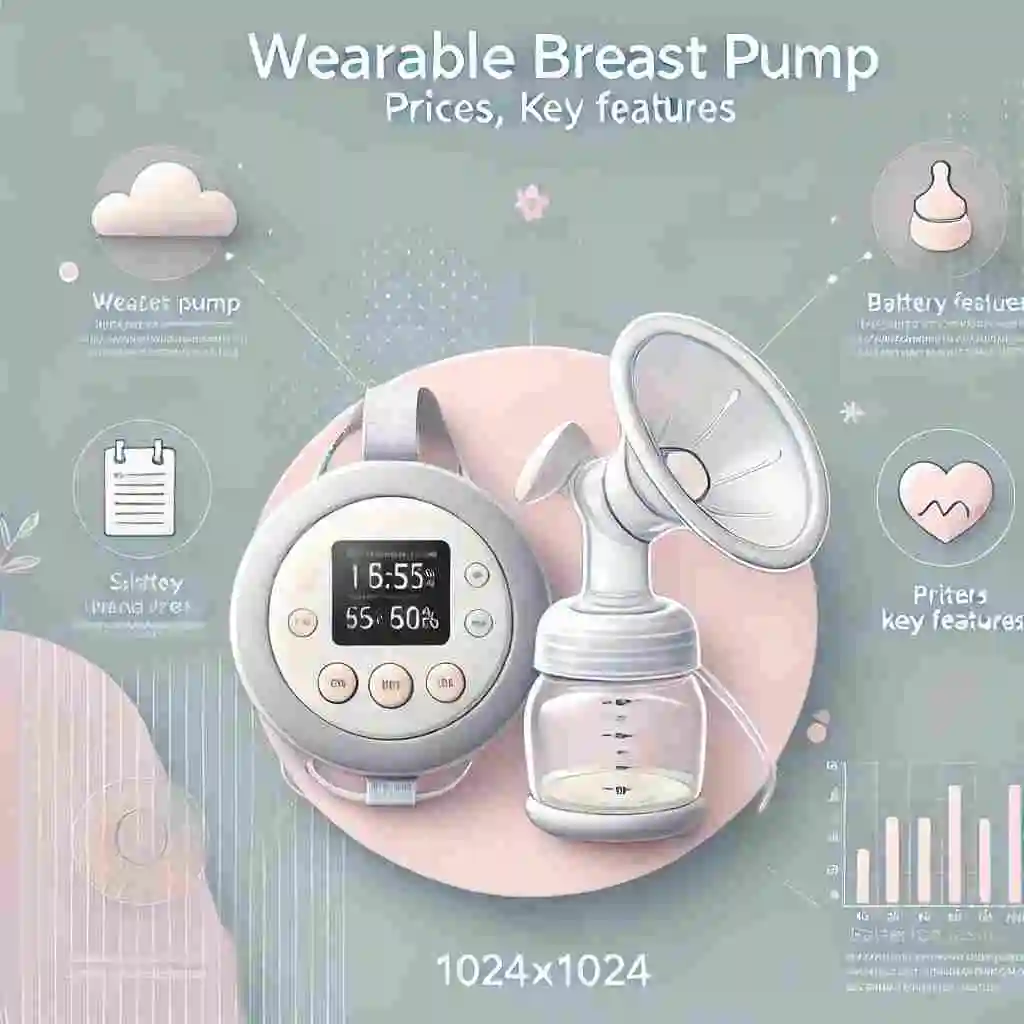
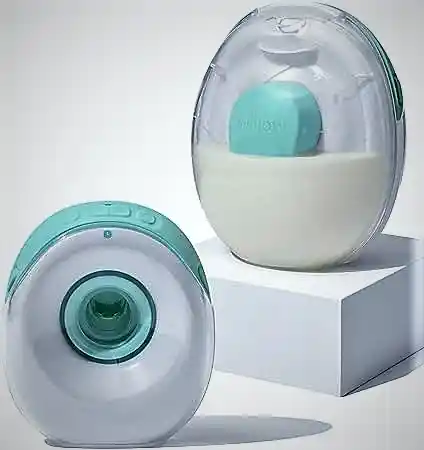
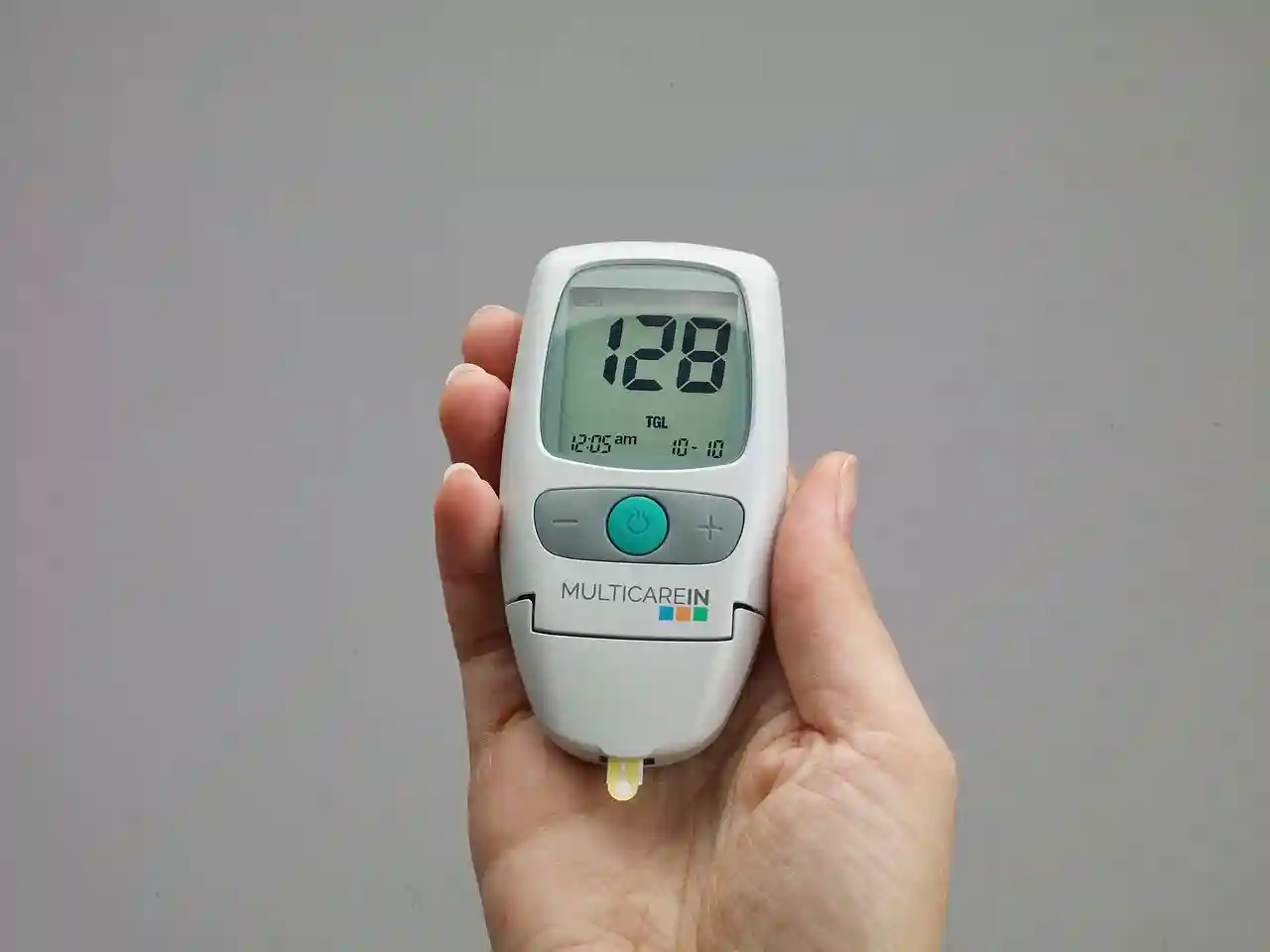

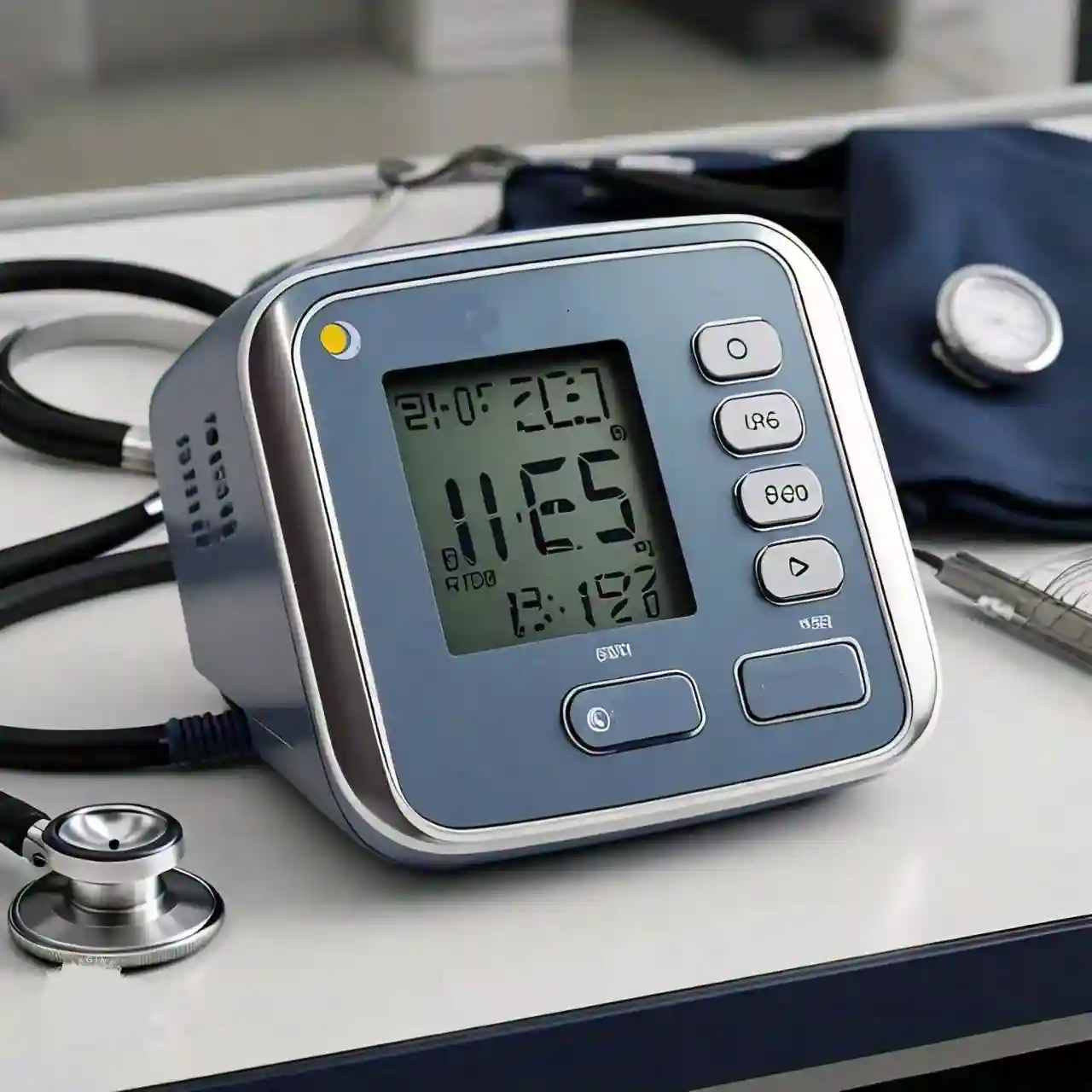
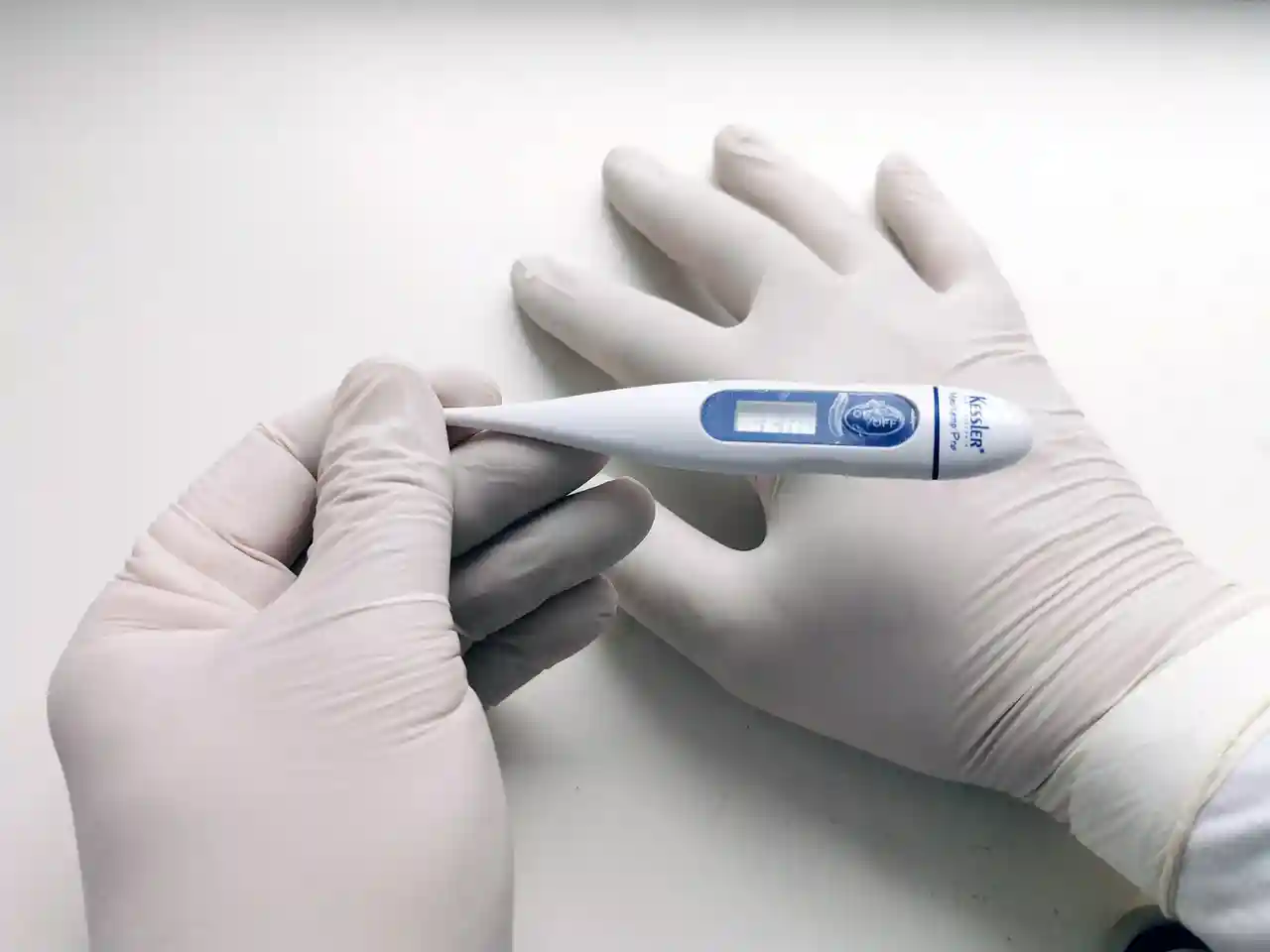
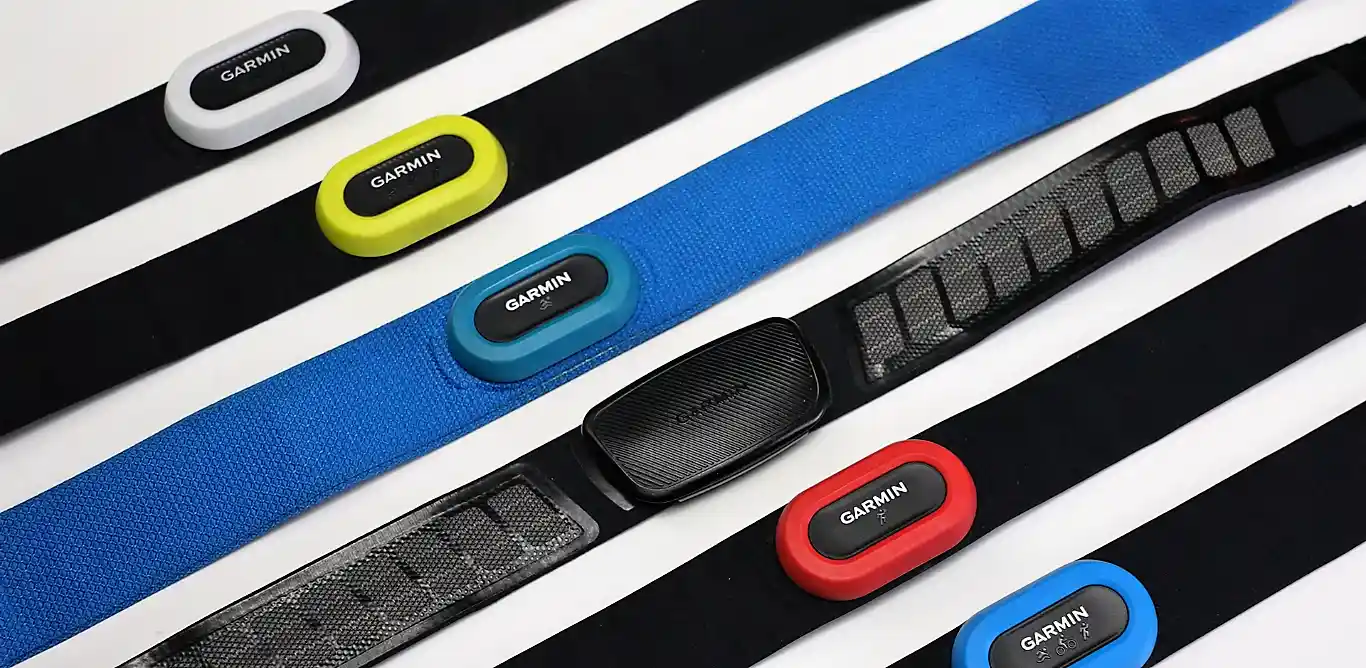
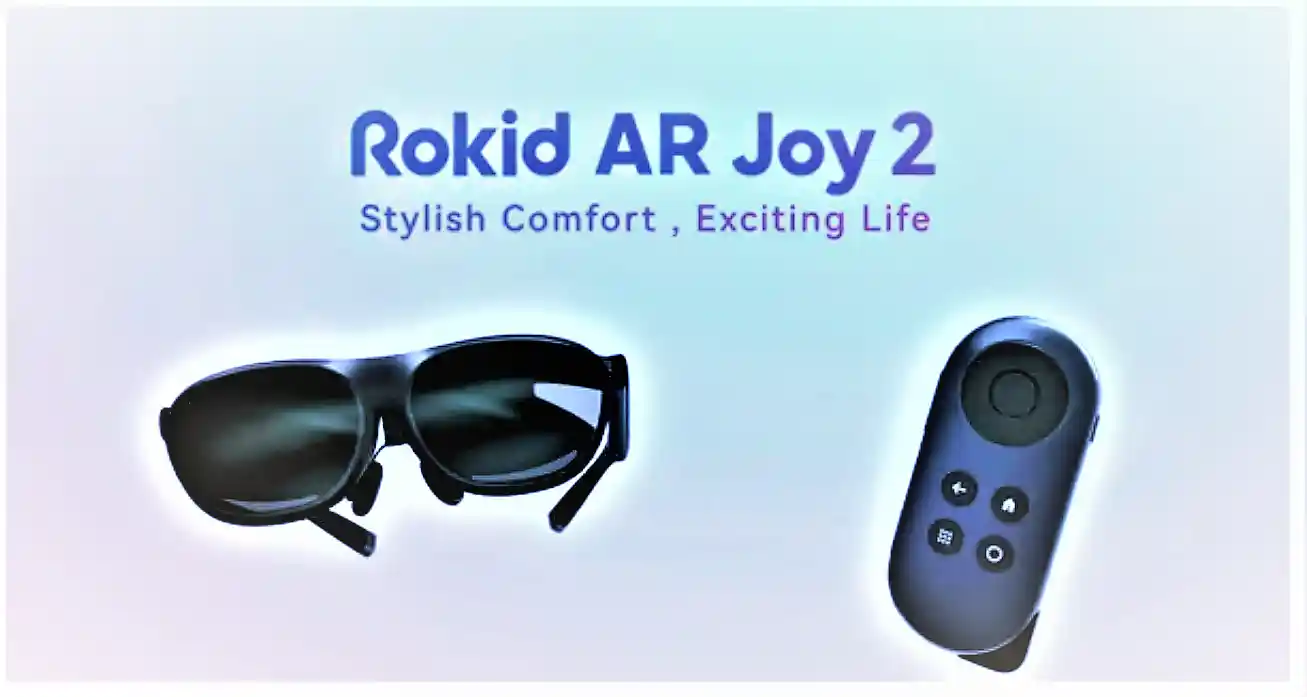
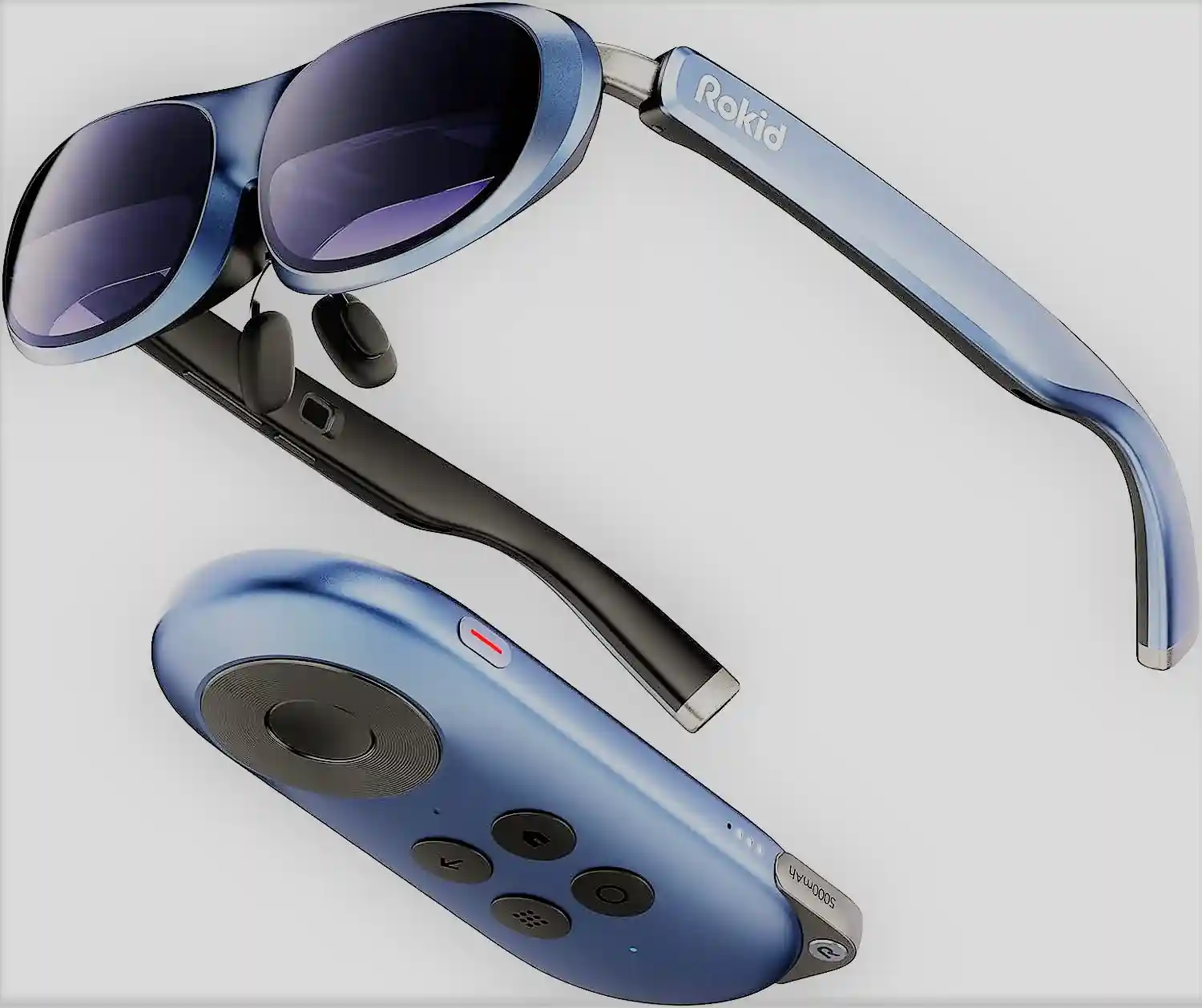
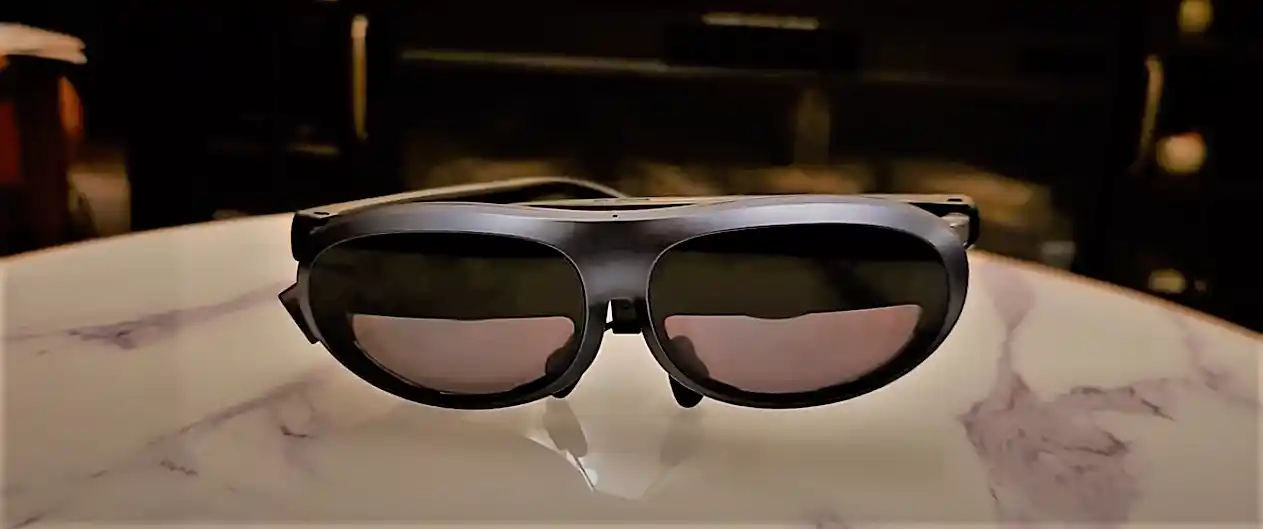
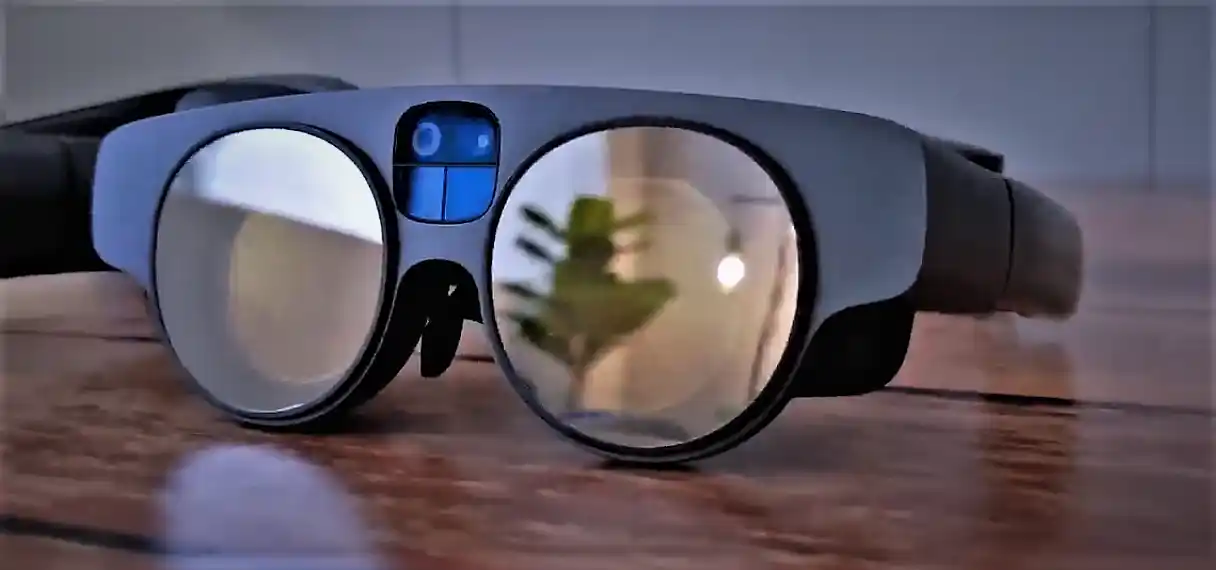
Fashion
I’d like to find out more? I’d love to find out more details.